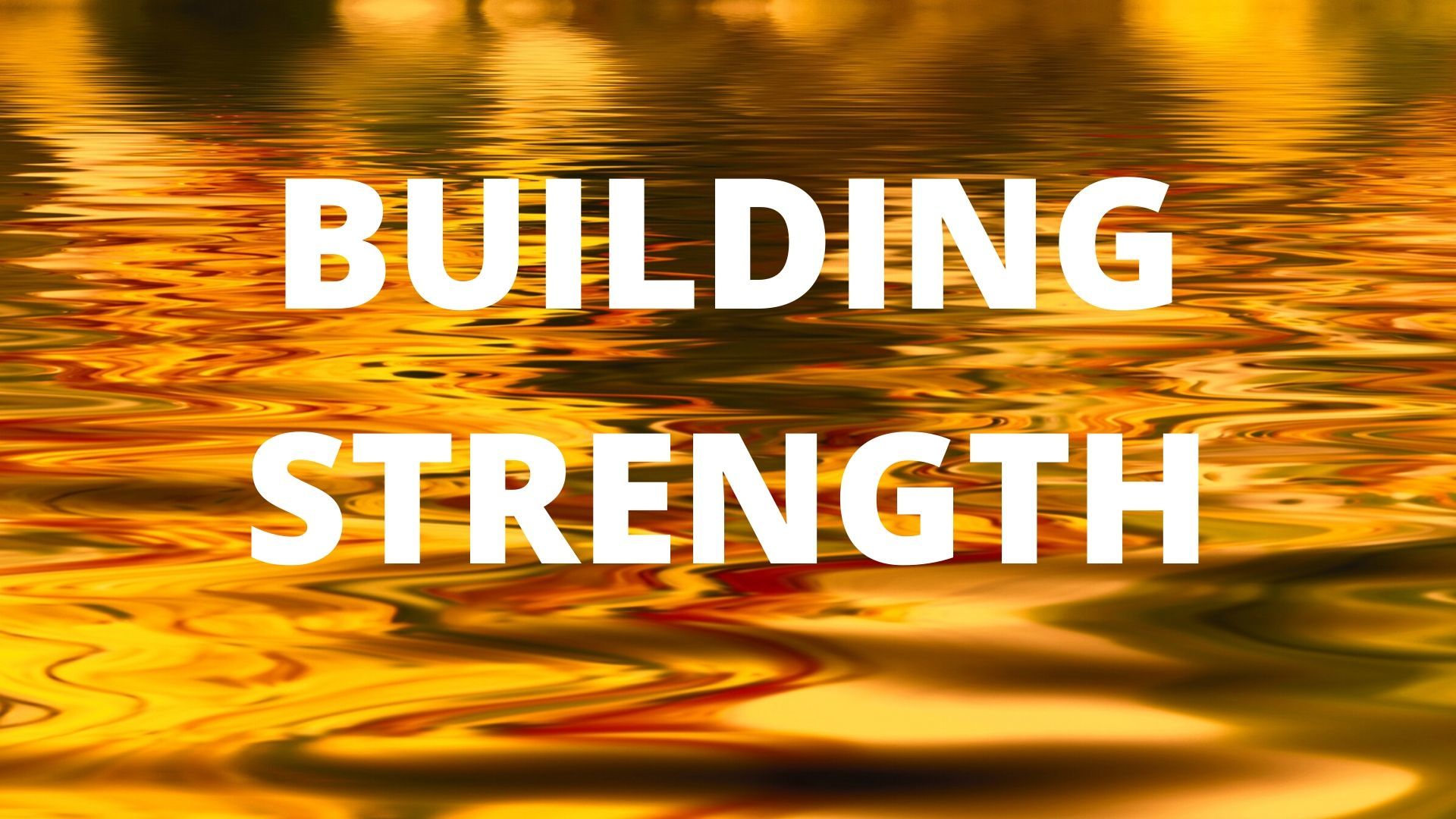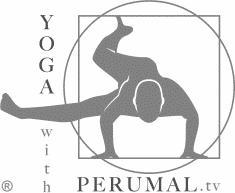BUILDING STRENGTH
GOLDEN RULE
BUILDING STRENGTH
BUILDING STRENGTH
The 6th element of your yoga practice is building strength. And whether you are training the core or the limbs, the steps you should take to building strength must always be progressive.
To begin with, a classic strength posture is plank. If we remain 15 to 30 seconds in plank without moving, this would be a holding posture also known as an isometric exercise. The opposite would be to move from plank to chaturanga, then stopping and returning to plank. These transitional movements that first go with gravity and then against it, are known as isotonic exercises.

Slide title
Write your caption hereButton

Slide title
Write your caption hereButton
The term isotonic originally referred to a contraction of a muscle under constant or unchanging pressure. Over time, this term evolved to describe exercises that involve movement. Movements may be divided into two categories for a general overview on the creation of sequences:
• Along Gravity: E.g. coming from plank to chaturanga. Also known as eccentric lengthening.
• Against Gravity: E.g. returning from chaturanga to plank. Also known as concentric contraction.
• Against Gravity: E.g. returning from chaturanga to plank. Also known as concentric contraction.
But the jargon is unnecessary and often confusing, so throw it out of your head and simplify the perspective to either holding or transitioning. Therefore, if you are transitioning, it is either with or against gravity. Such simplicity was the way of the ancient yogis and most in-depth practitioners. Always focusing on progressing from the least challenging to the most complex.

Slide title
Write your caption hereButton

Slide title
Write your caption hereButton
Preceding all this are the joint preparation exercises as described in the 4th Element of the practice. Once you complete the joint preparation exercises, the first step to building strength is to practice holding postures. Practice them for a period of time before working on transitional movements. Many beginners often progress into transitioning movements too soon; if you already had a fitness background with no injuries, it is usually fine. But if that’s not the case, you can get injured since you haven’t completed the holding postures which strengthens the joints. Transitional movements may be flashier and exciting to watch, but moving too soon into them can lead to bad pain.
Once you are prepared to do transitional movements, follow the flow of gravity first, such as moving from plank to chaturanga smoothly and evenly. Avoid jerking or bouncing during the transition. Once you have accomplished this going along with gravity, you might consider retracing steps against gravity.
If transitioning with gravity hurts a joint, continue with a holding posture for longer periods or go back to joint preparation exercises as explained in the 4th Element. Only after a considerable time has passed, should we explore returning again to the step where the pain was originated.

Slide title
Write your caption hereButton

Slide title
Write your caption hereButton
As a conclusion, you simply have to ask yourself if you are holding or transitioning (and if transitioning is with or against gravity). If you approach yoga this way, you’ll minimize pain, making it a simple, safe and effective way of building strength. Maintain regular weekly sessions to see better results.
YOGA RETREATS
ITALY
MOROCCO
Follow us
© 2023 Perumal Koshy | All Rights Reserved
© 2024 Perumal Koshy | All Rights Reserved













